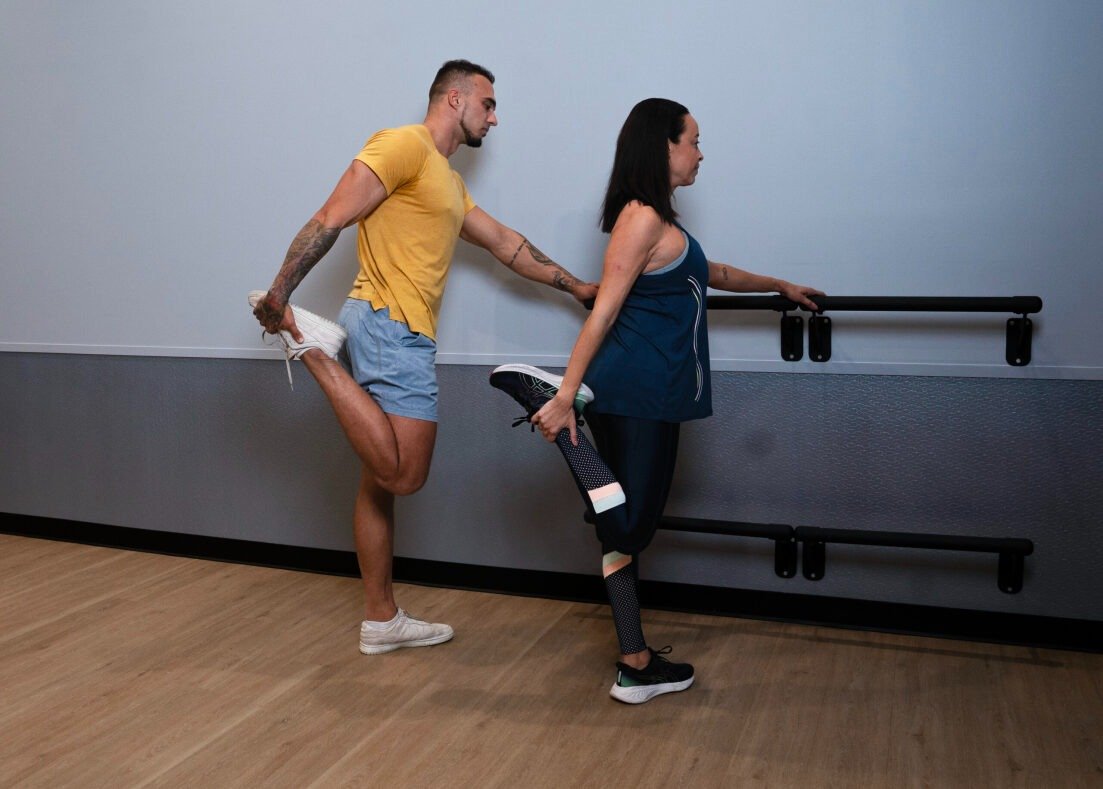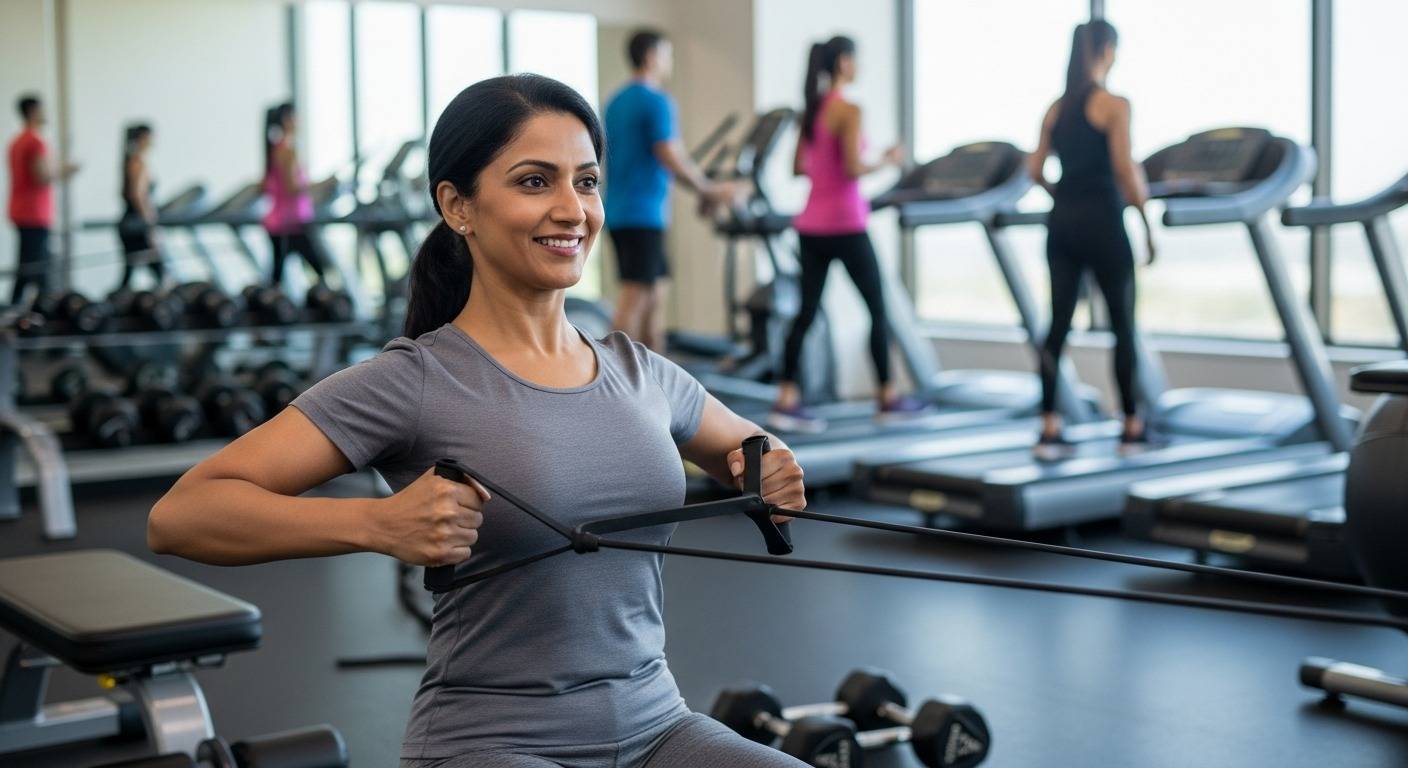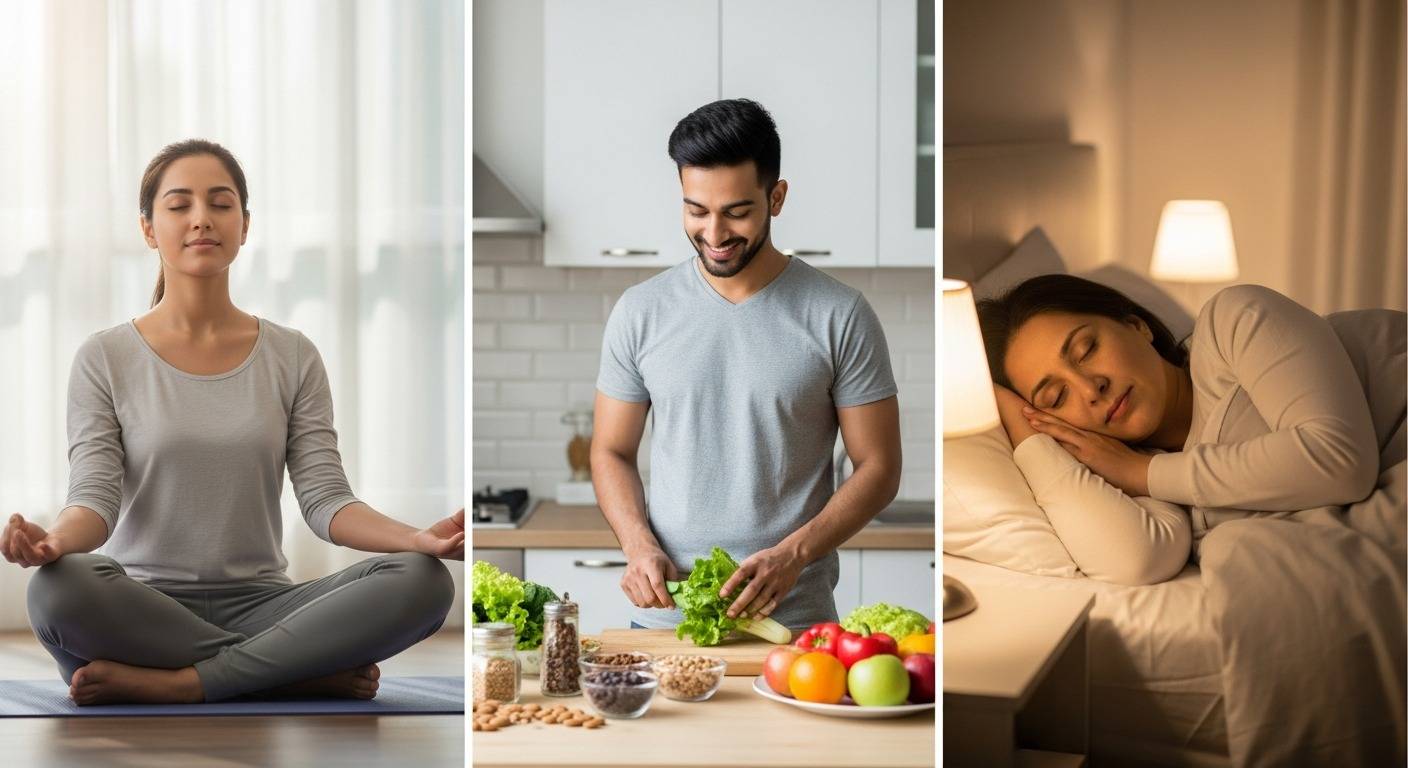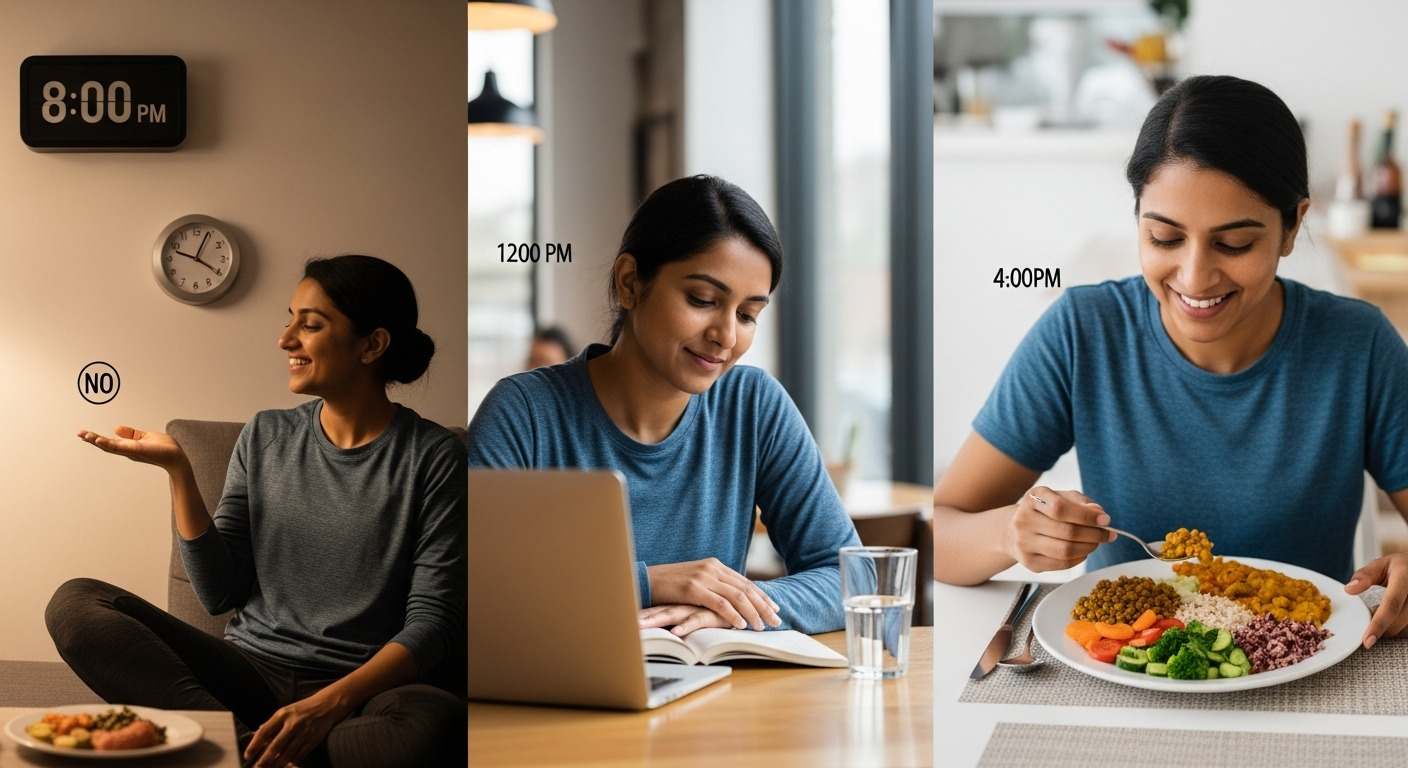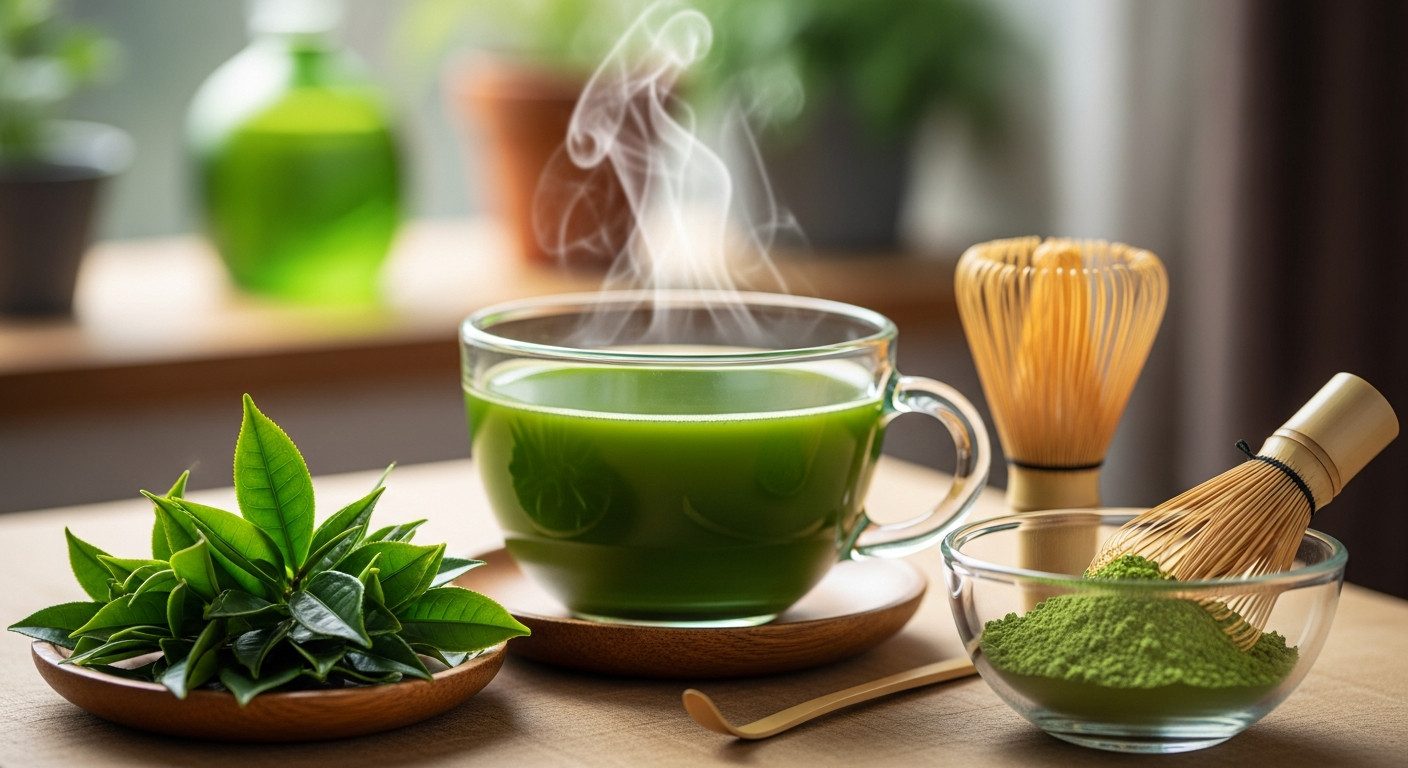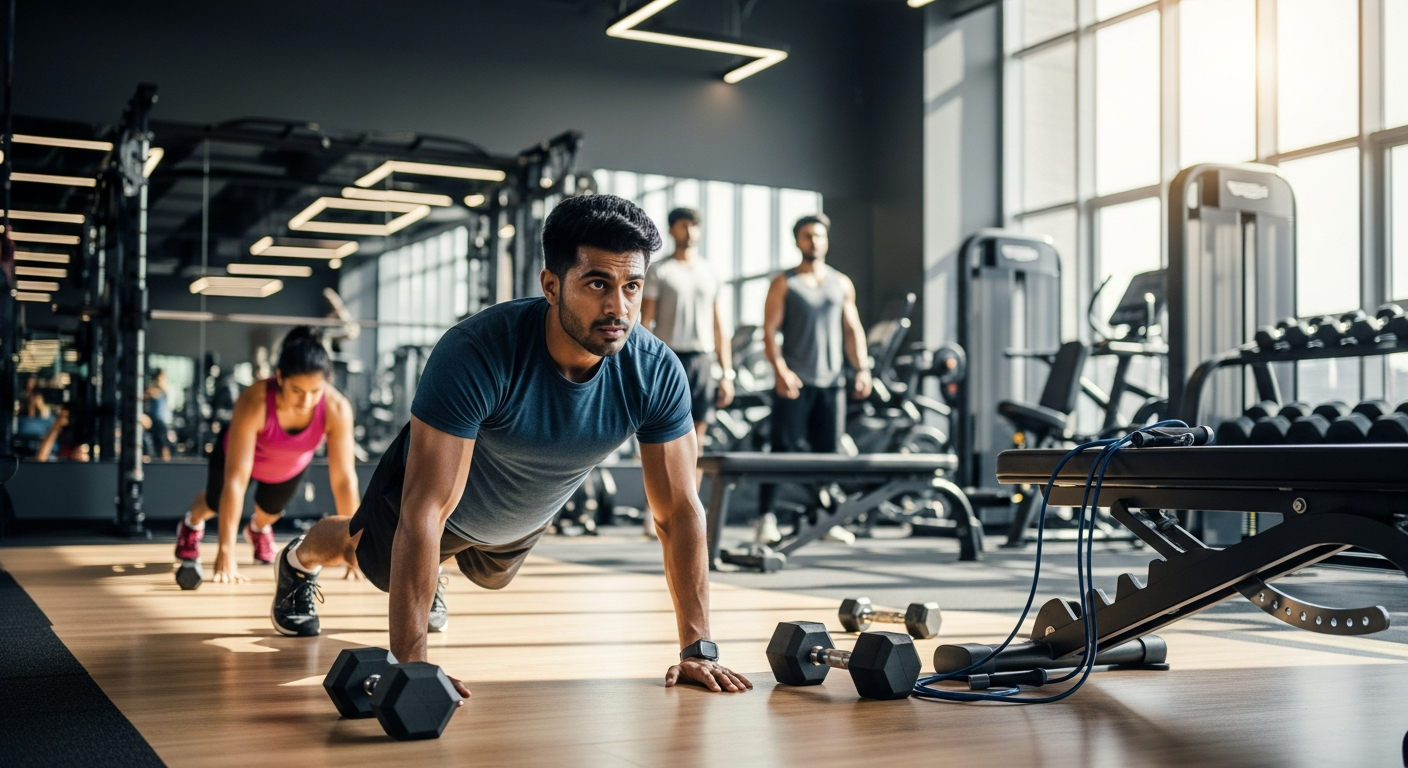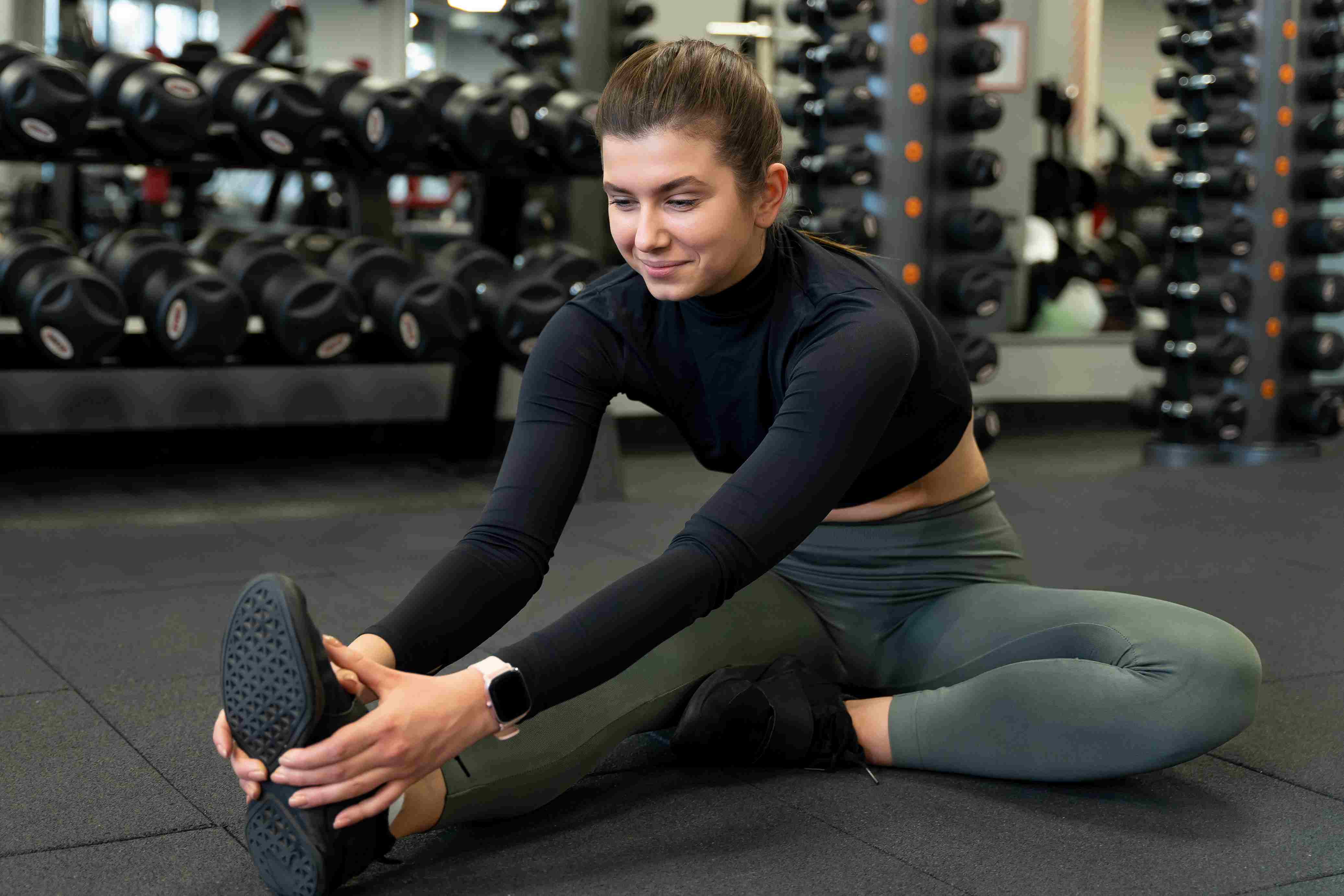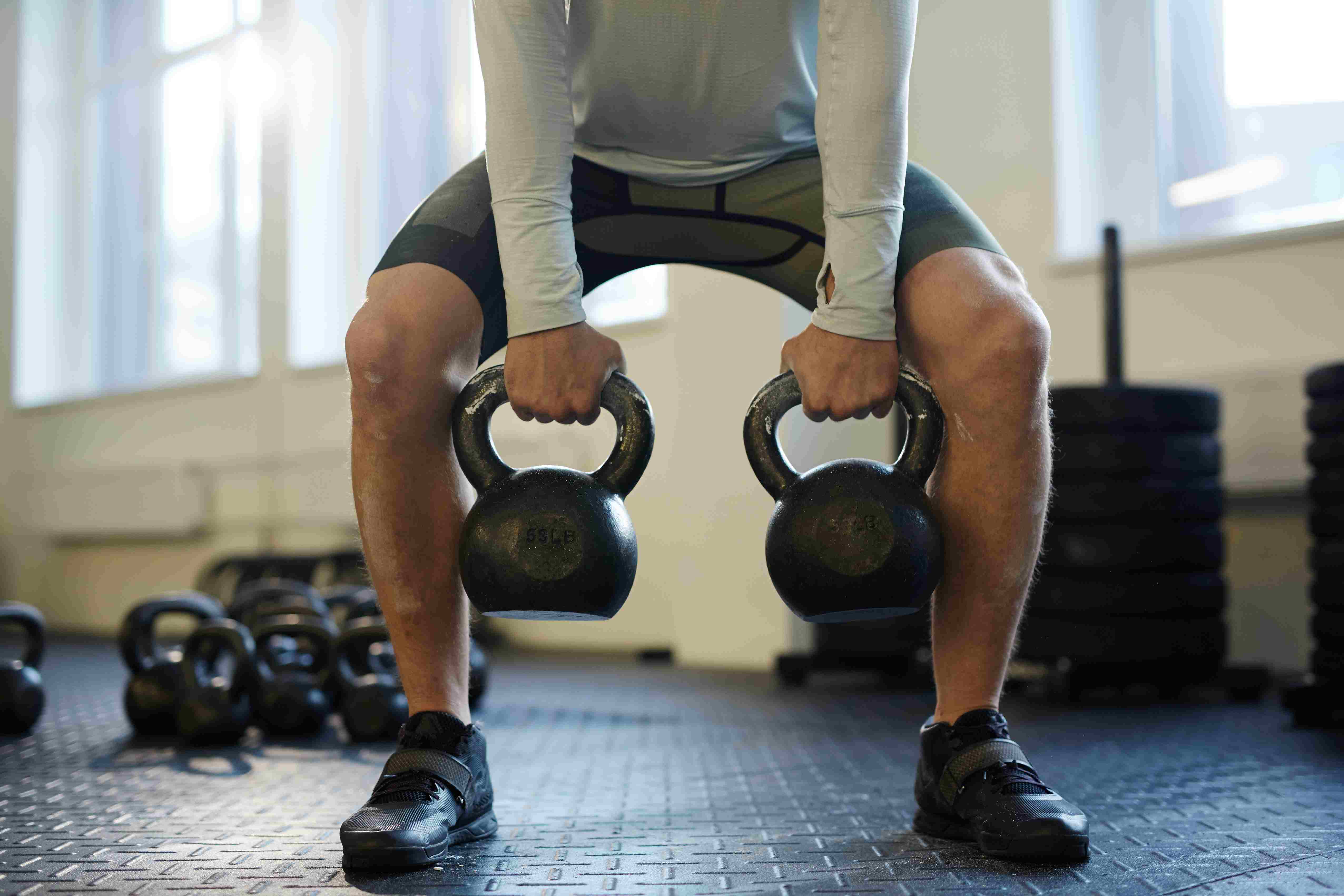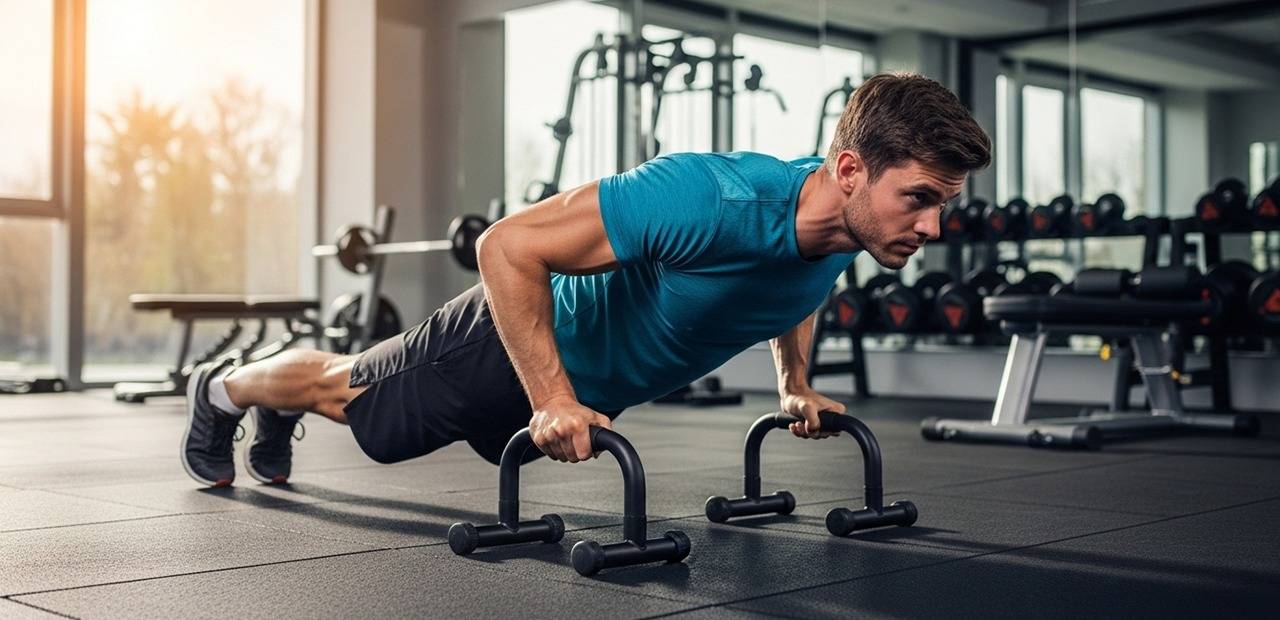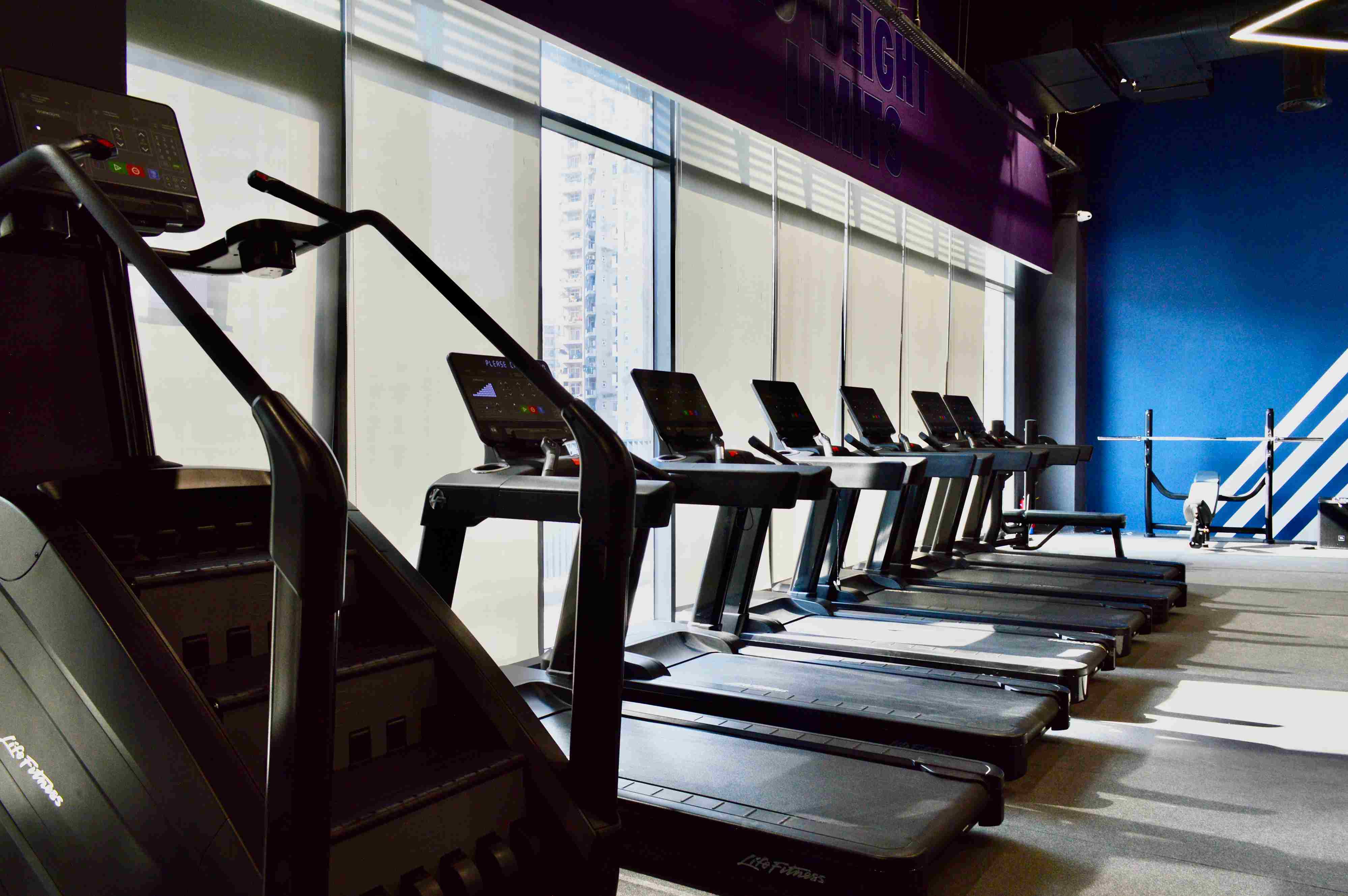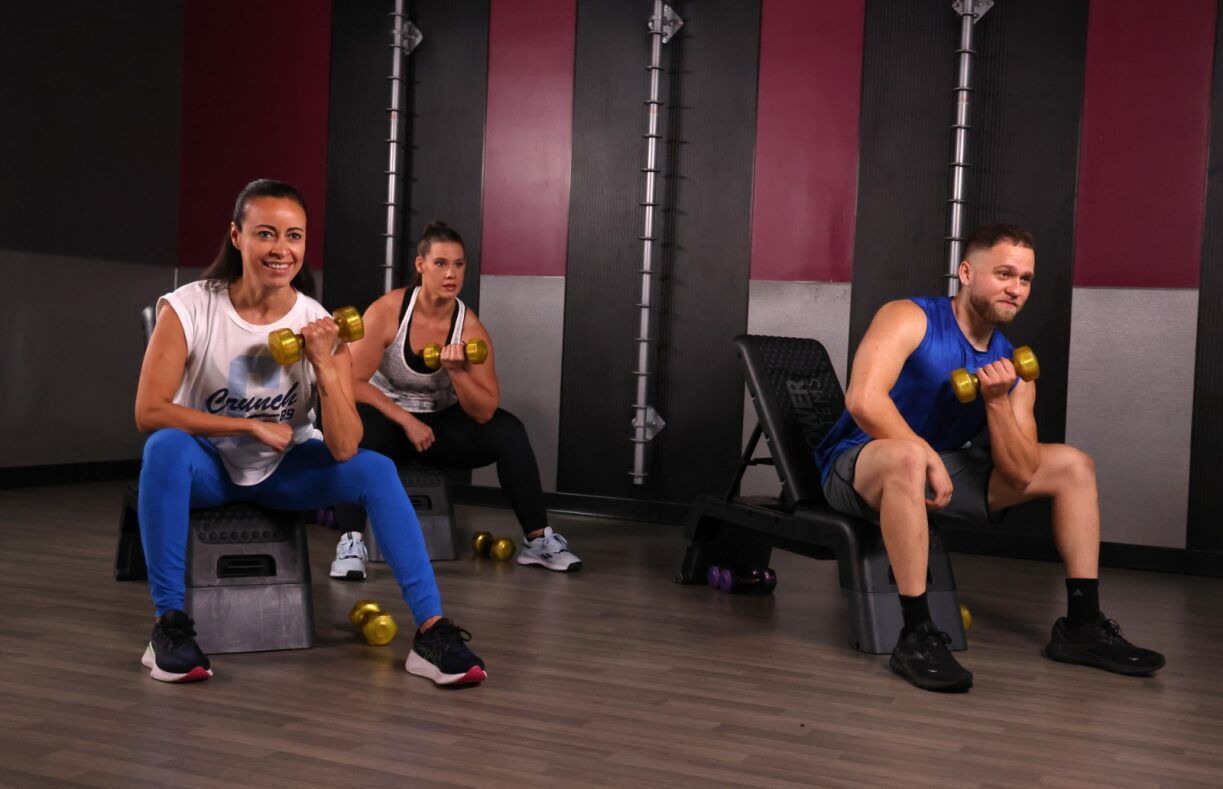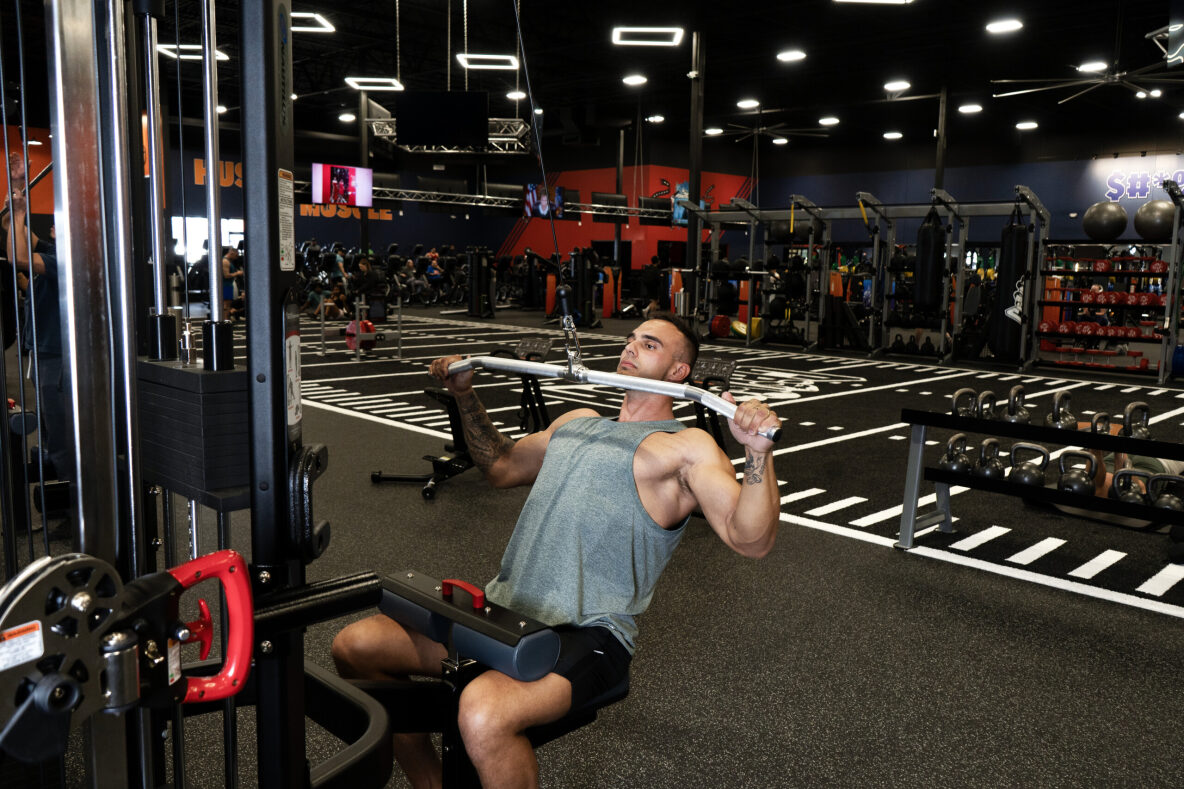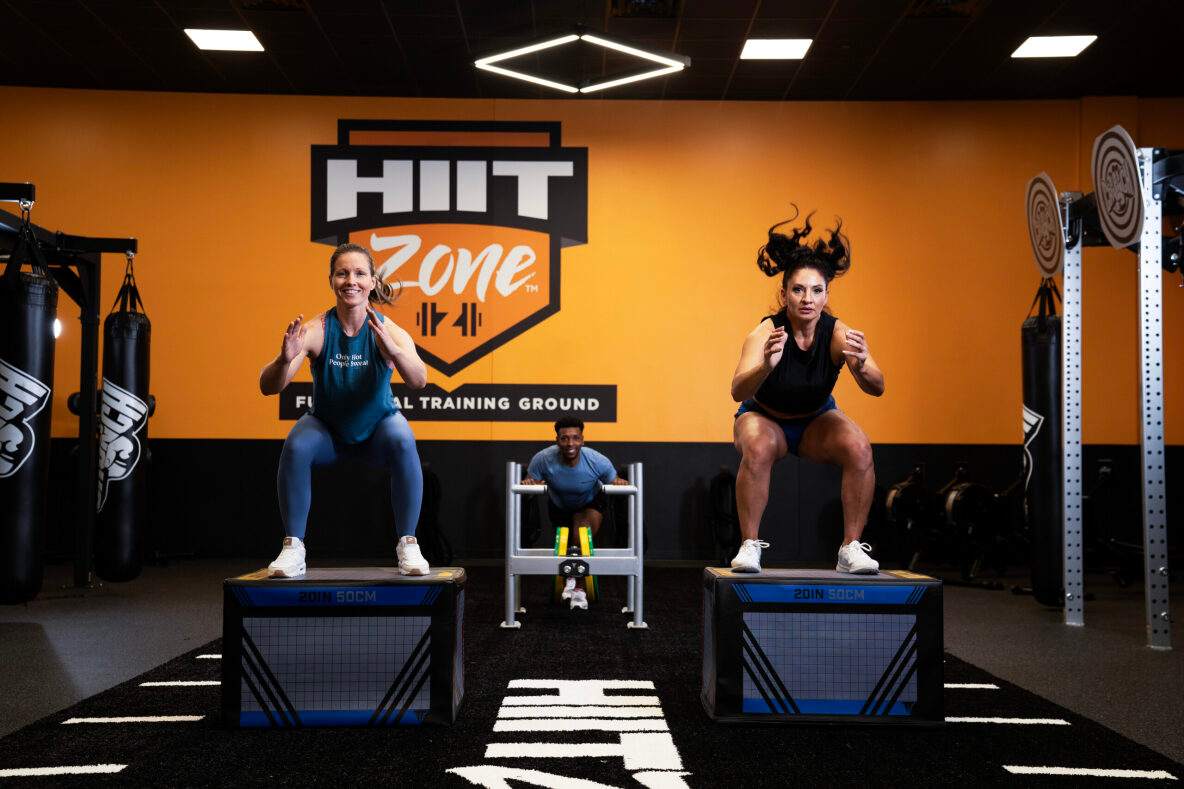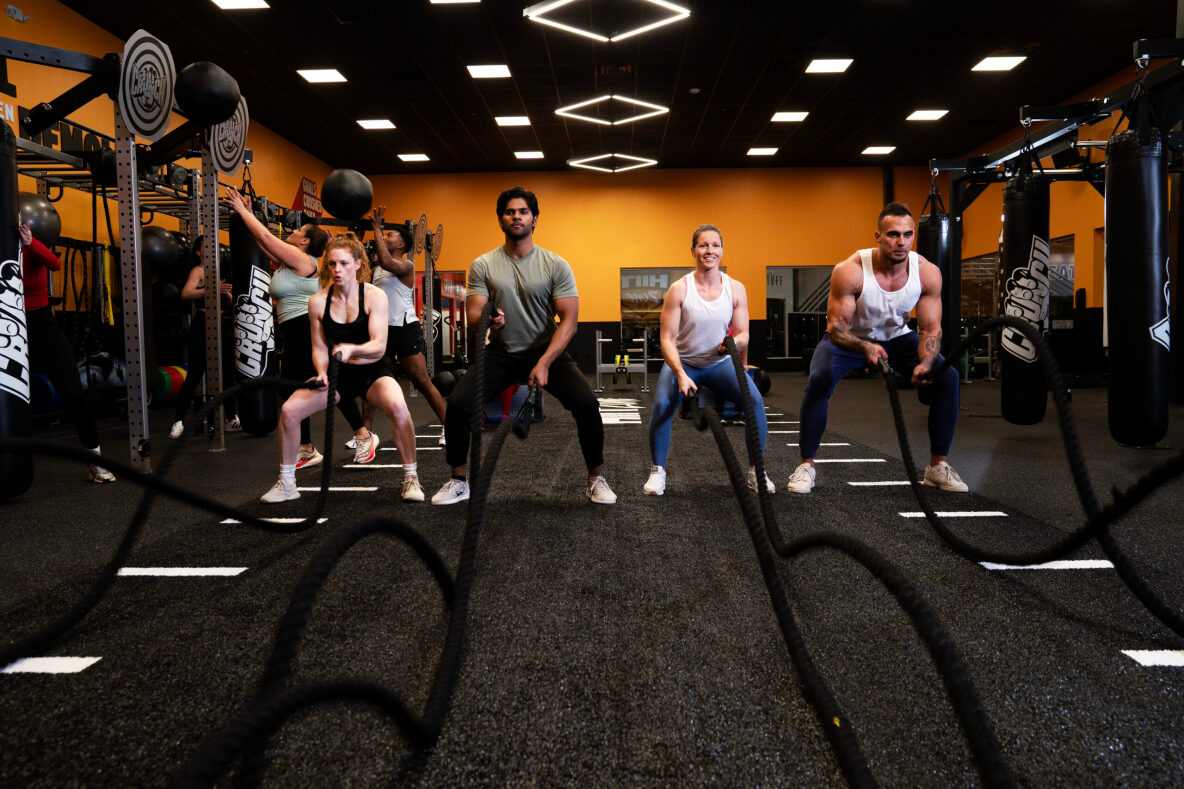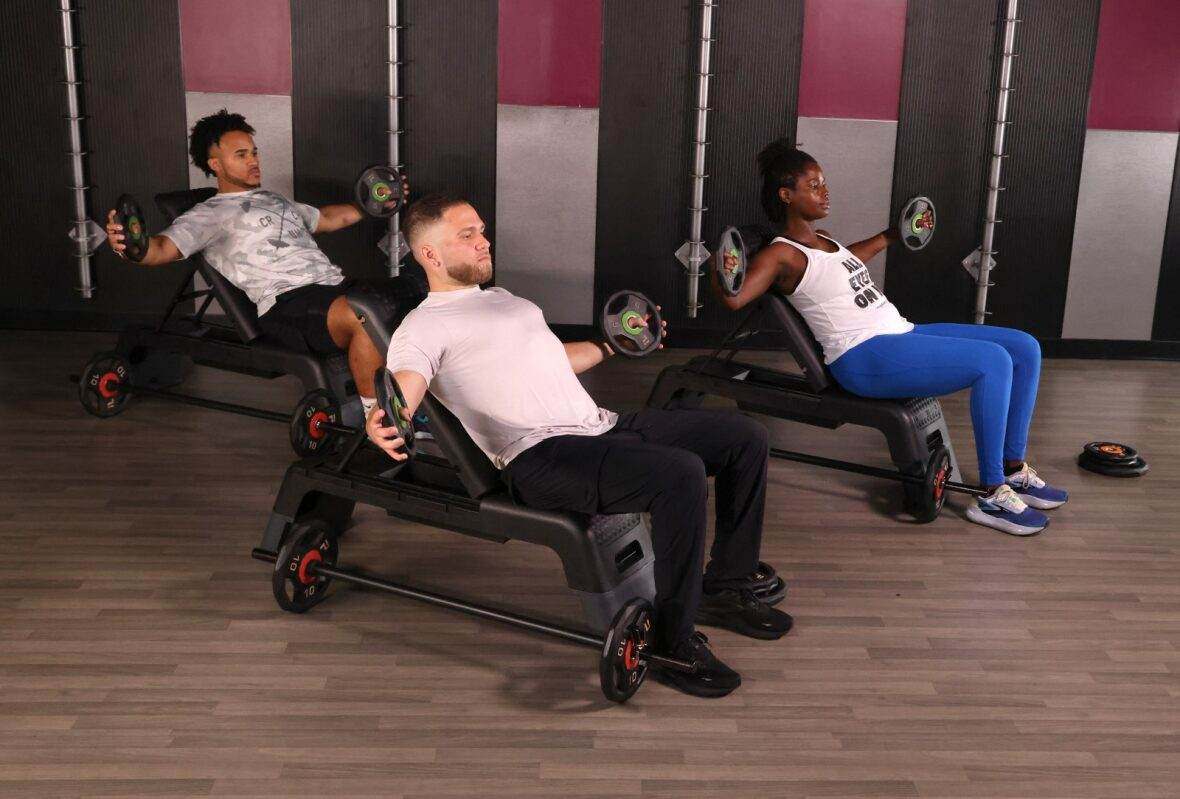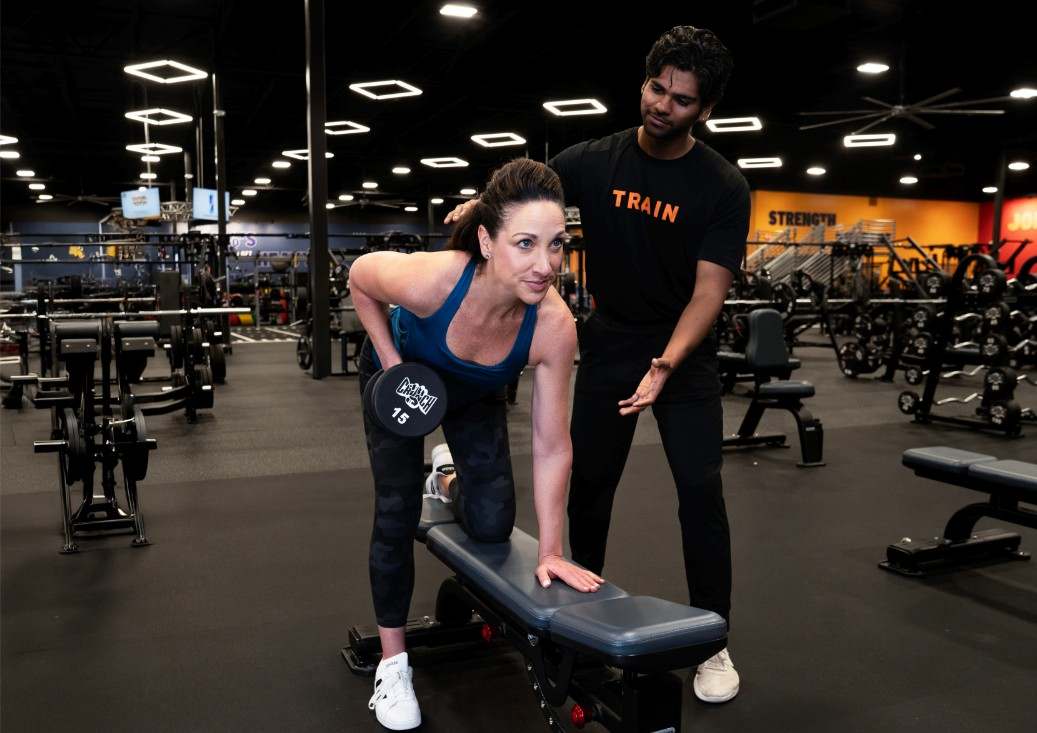Full-Body Flexibility is one of the simplest and most essential virtues. Our activities of the day are mostly done sitting or lying so close to our bodies that we get stiff and inflexible.
And yet, it might surprise you that if you were more flexible, not only would you avoid discomfort but also your performance would be better and a feeling of general wellness would permeate your being.
The thing is that flexibility is not about being contorted; it is about being able to use the body's natural range of motion starting from the very end of the fingers and toes and going all the way up to your head.
So come on, we are going to do a full-body flexibility workout that will be very relaxing, amazing and will let you be the boss of your own world.
Why Is Full-Body Flexibility So Important (Even More Than You Thought)
Reduces Muscle Soreness & The Possibility Of An Injury
The muscles that are flexible are less likely the chance a muscle tear or overstrain.
Enhances Posture
The release of the tight muscles that are the main reason for your poor posture will make you find that sitting or standing straight becomes quite effortless at the same time the pain in your back and neck will disappear.
Amplifies Athletic Ability
Through the ability to transport oneself more conveniently and achieve a greater range of motion for most sports activities, you will be able to use most of your energy and effective capacity.
Enhances Circulation
Stretching is one of the ways that the body can receive the oxygen and nutrients that are necessary for the muscles.
Stress Relief
The simple act of stretching and being deeply aware of your breath will bring a profound peace to your mind and will turn into a very nice meditation. So are you ready to begin? First, find a place that is comfortable for you, then maybe put some calm music on and off we go.
How To Get Full Body Flexibility
Remember that stretching each part of the body for at least 20-30 seconds is very important for Full Body Flexibility and you should be breathing deeply. And never, absolutely never, force a stretch to the point of pain; a gentle pull should be all you need.
1. Neck & Shoulders: Release the Tension Holders
Less than an inch apart, our necks and shoulders are the main culprits when it comes to stress holding.
Neck Tilts
Right ear, right shoulder is the gentle tilt that you do with your neck. Gently place your right hand on your head to deepen the stretch with no pulling! Repeat on the other side.
Chin to Chest
Your chin dropping towards the chest, along the back of the neck is where you should feel the stretch.
Shoulder Rolls
Several times roll your shoulders forward, then in big circular motions backward.
Doorway Chest Stretch
Get into a doorway; you'll need to place your forearms on the frame, move a little forward, and sense the stretch that has occurred across your chest and shoulders.
Read Our Article: Shoulder Workout Gym Tips To Prevent Injuries Effectively
2. Back & Core: Lengthen Your Spine
Cat-Cow Stretch
On all fours, arch your back as you inhale (cow), then round your spine as you exhale (cat). This gives a "warm-up" to your whole spine.
Child's Pose
Sit on your heels, extend your arms, and put your forehead on the floor. An awesome release for the lower back.
Seated Spinal Twist
With legs straightened, sit. Curve the right leg, cross the right foot over the left and touch the floor with the side of the crossed foot. Hug the right knee with your left arm and turn slowly to the right, looking over your right shoulder.
Read Our Article: Back Workout For Regular Gym-Goers
3. Hips & Glutes: Unlock Your Powerhouse
Note that your hips, if they are tight, can be the reason that you have a bad walk and/or lower back pain apart from many other things.
Figure-Four Stretch (Supine)
Turn onto your back, bend your knees, and let your feet be flat on the floor. Put your right ankle on top of your left knee. Hold the back of your left thigh and pull it toward your chest gently.
Pigeon Pose (Modified)
Inverted dog position, extend your right leg sitting knee behind the right wrist, and angle the shin across the mat.
Butterfly Stretch (Baddha Konasana)
Sit with the soles of your feet together and knees out to the sides. Use your elbows to gently press your knees toward the floor.
4. Hamstrings & Quads: The Major Leg Muscles
Standing Forward Fold (Uttanasana)
Stand with feet hip-width apart. Turn from your hips, let your upper body hang down. You may keep a little bend in your knees.
Seated Forward Fold (Paschimottanasana)
Extend your legs and sit. Grab your toes if you can reach them; otherwise, grab your shins. At first, try to keep your back straight, and then allow a slight rounding of the back.
Quad Stretch (Standing or Lying)
Stand on one leg (use a wall if you need support), take the foot that is on the opposite leg and pull your heel towards your butt. Be sure your knees are together.
Also Read: How To Balance Leg Workouts With Upper Body Training
5. Calves & Ankles: Often Forgotten, Always Important
They are in use during walking, running, and in general keeping your legs healthy. It is very important not to forget about your calves and ankles.
Calf Stretch (Wall)
Stand facing a wall, and place your hands on it. Step one foot back, make sure that your heel is on the floor and your leg is straight. Lean into the wall, feeling the stretch in your calf. Do this also with a bent knee to reach the lower calf muscle.
Ankle Circles
You can either sit or stand. One foot is lifted and the ankle is gently rotated in circles, first clockwise and then counterclockwise.
Conclusion
After all, real Full-Body Flexibility should be remembered as not only the range of the bend but also as the duration, the delight, and the freedom of movement in your daily life.
Actually, a few minutes of stretching as a regular habit is not only a very good method for your nervous system, but it is also very efficient for your blood flow and very useful in over movements and therefore pains and aches are kept at a minimum.
Your body changes from one that is stressed and tight to one that is flexible, strong, and durable and thus ready for a new challenge of any kind.
Today take the decision to start with a small amount of time, to listen to your body, and take a deep breath. Your neck, back, hips, and toes will be very glad to have you for the trip to a more fluid and flexible you.
Frequently Asked Questions (FAQs)
Q1. What is full flexibility?
It is the feature of the body-skeleton and muscles that they are able to move freely in their full range of motion without the feeling of stiffness, restriction, or pain.
Q2. How can I make my whole body flexible?
To do this, you will need to do dynamic stretches, yoga, mobility drills, and be consistent in your practice. Start slowly, always warm up before you stretch, and increase the intensity gradually.
Q3. How long does it take to get full body flexibility?
It depends. Normally, with regular stretching (4-5 times a week), the result is usually visible within 4-8 weeks but complete flexibility can still take a few months or even longer, which are factors like age, body type and consistency.
Q4. What are the benefits of full body stretching?
Correct posture, good circulation, less muscle stiffness, the promotion of sports ability, the acceleration of recovery fastens and the lowers of the risk of injury.
Q5. What are the signs of poor flexibility?
Continuous stiffness, the limited range of motion, muscle tightness, bad posture, discomfort caused by the normal movements, and the possibility of a higher injury risk.
Explore More Articles
CLOSEST CLUB
Your Local Crunch Noida
SEE OUR MEMBERSHIP OPTIONS

